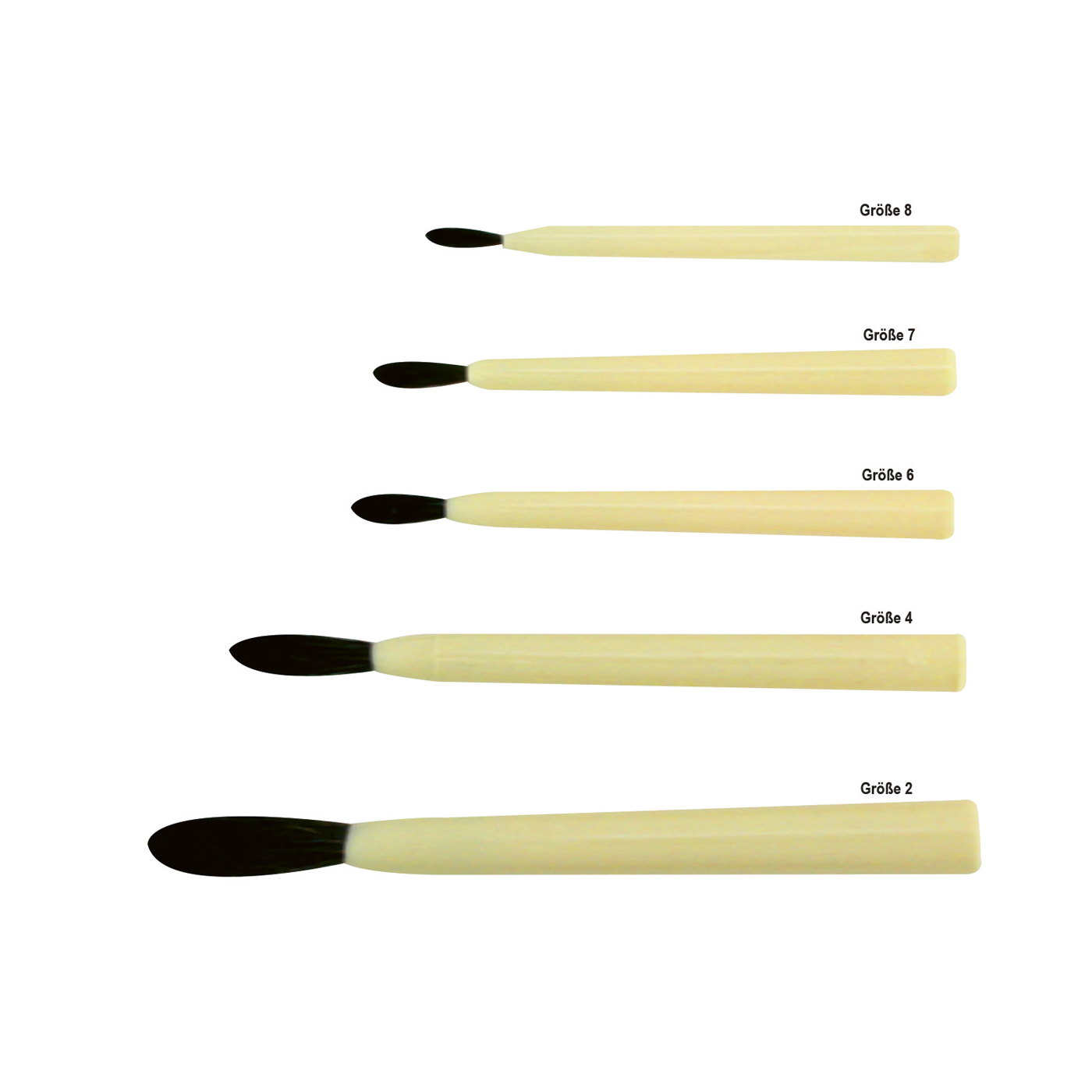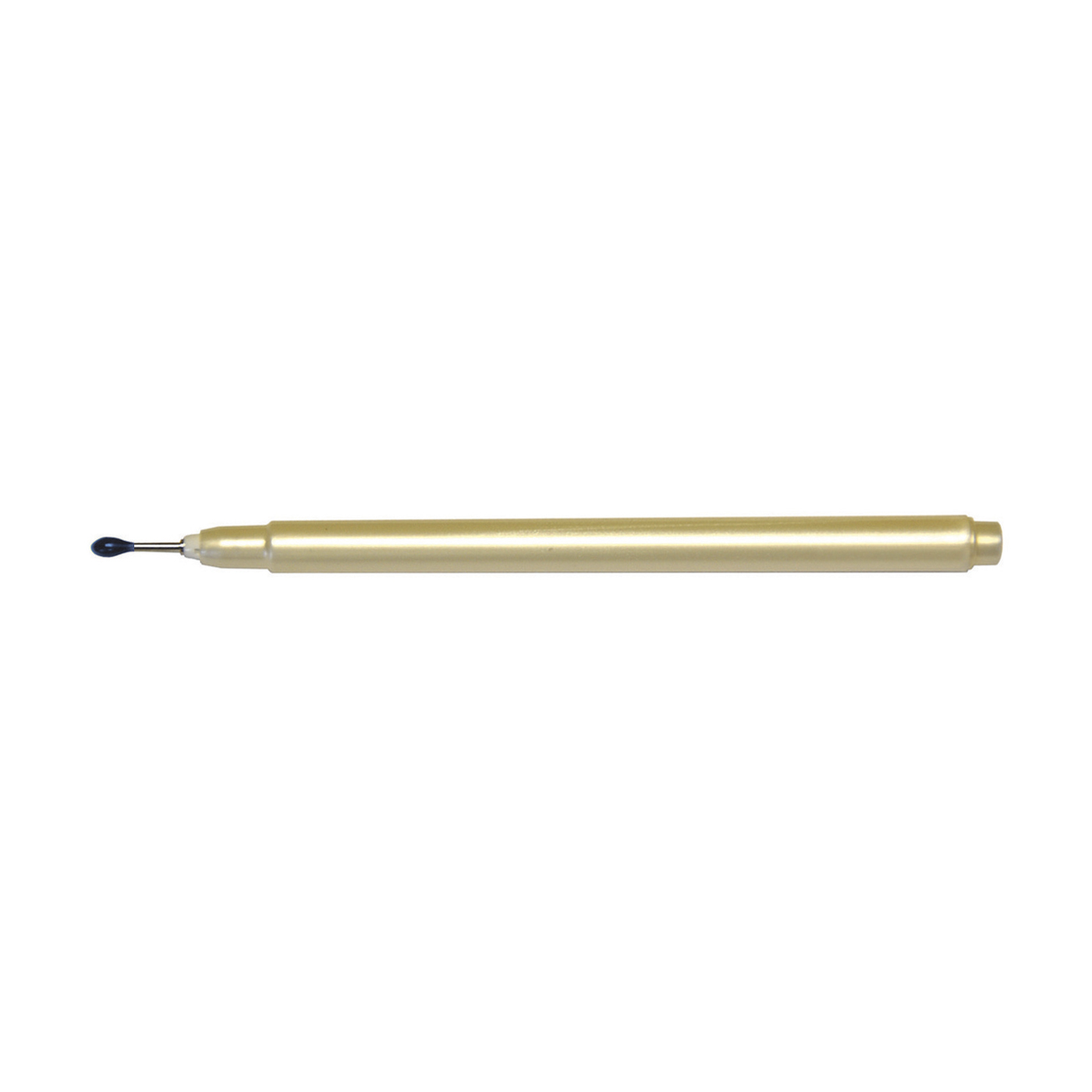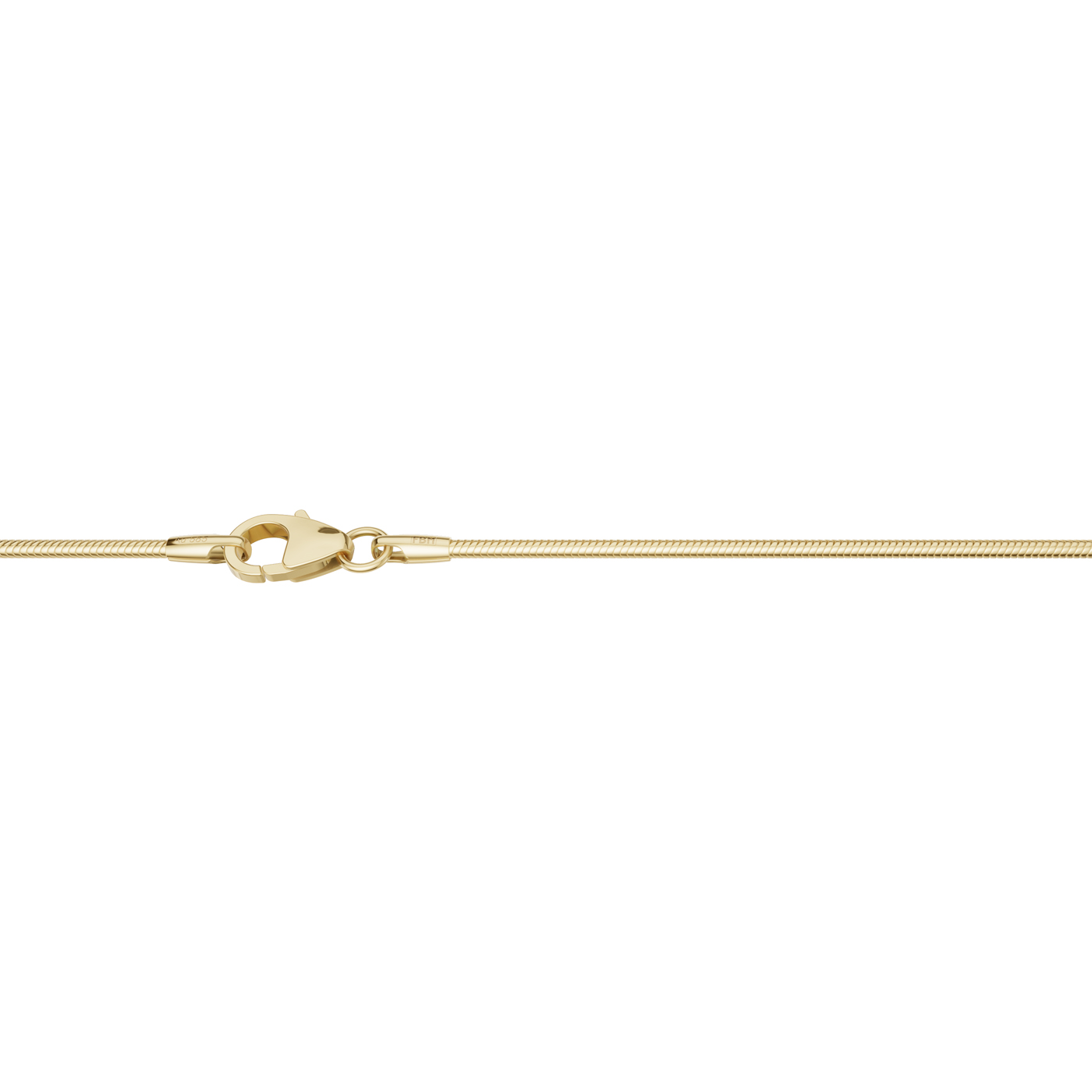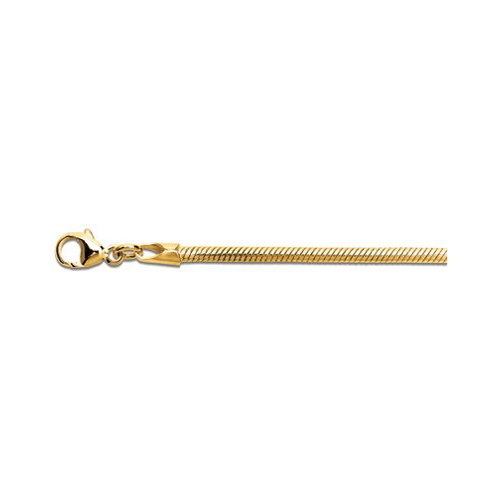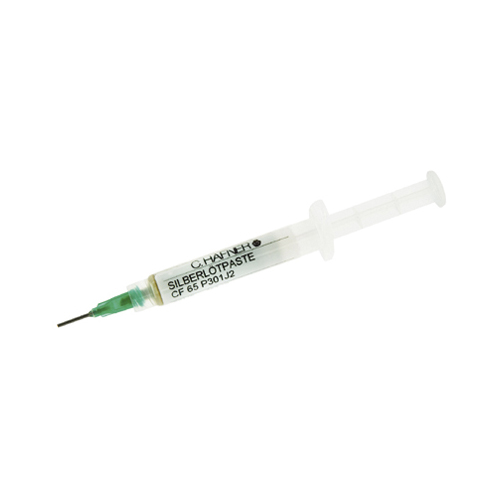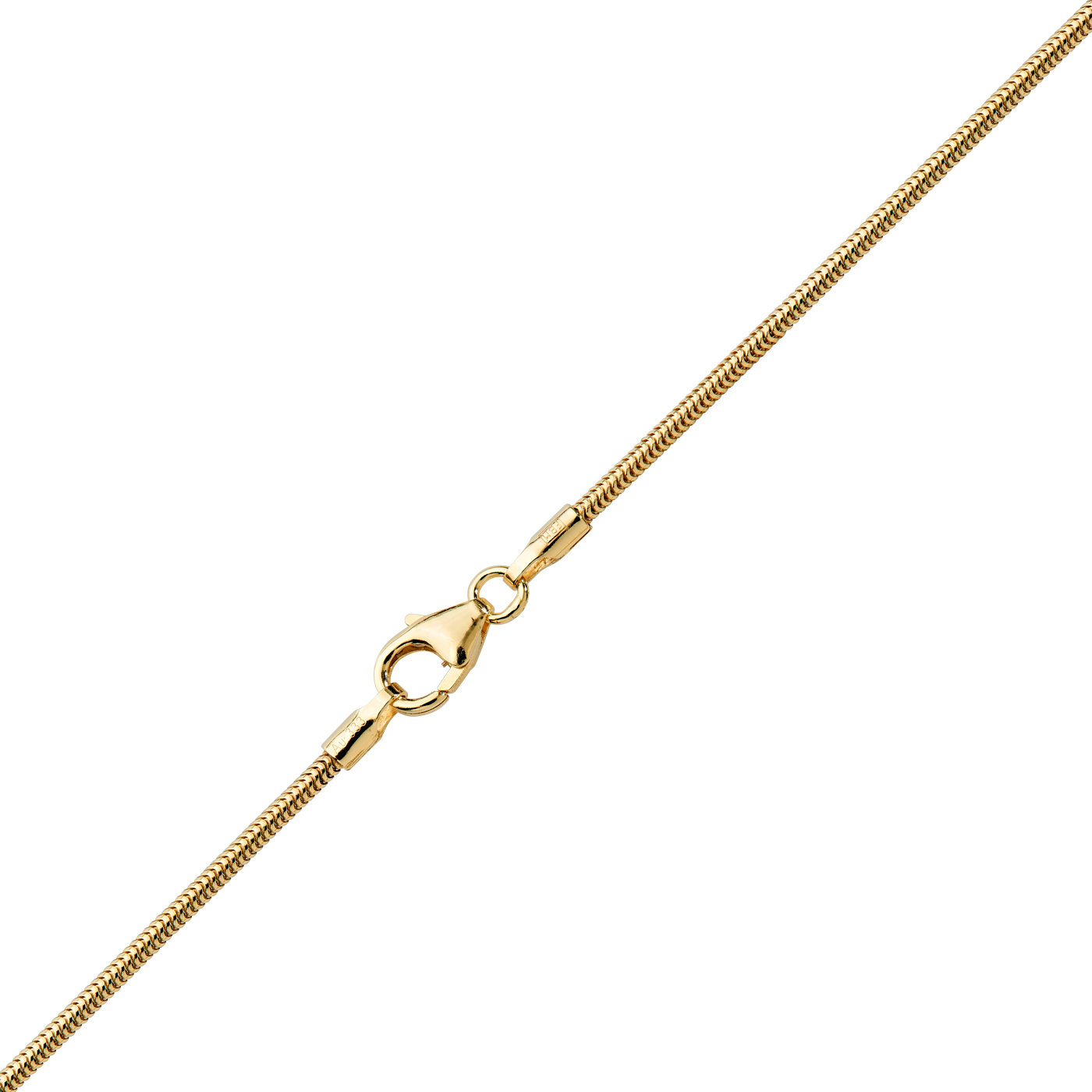Perlstrang, SW-ZP, 8,5-9,0 mm, weiß, rund, A+ - 1 Stück
136,68 CHF
available, in stock
- Color: white, pink, silver -, cream -, gold-colored, green, blue,black;
Stroke color: white;
Mohs hardness: 21/2-41/2;
Density: 2.60-2.85;
Fissionability: none;
Fracture: uneven;
Crystals: prismatic, micro-crystalline;
Chemism: calcium-carbonate + organic substance + water;
Transparency: translucent, opaque;
Refraction: 1.52-1.66, black pearls 1.53-1.69;
Birefringence: - 0.156;
Dispersion: none;
Fluorescence: marine pearls weak, natural black pearls red to reddish, river pearls strong pale-green.
(also cultivated pearls, fresh water and sea water pearls)
Strands
Quality A+
approx. 40 cm
white
round
ø 8.50-9.00 mm
Last seen products
no longer available
489,50 CHF
available, in stock
280,50 CHF
available, in stock
281,78 CHF





 Questions about the product
Questions about the product

